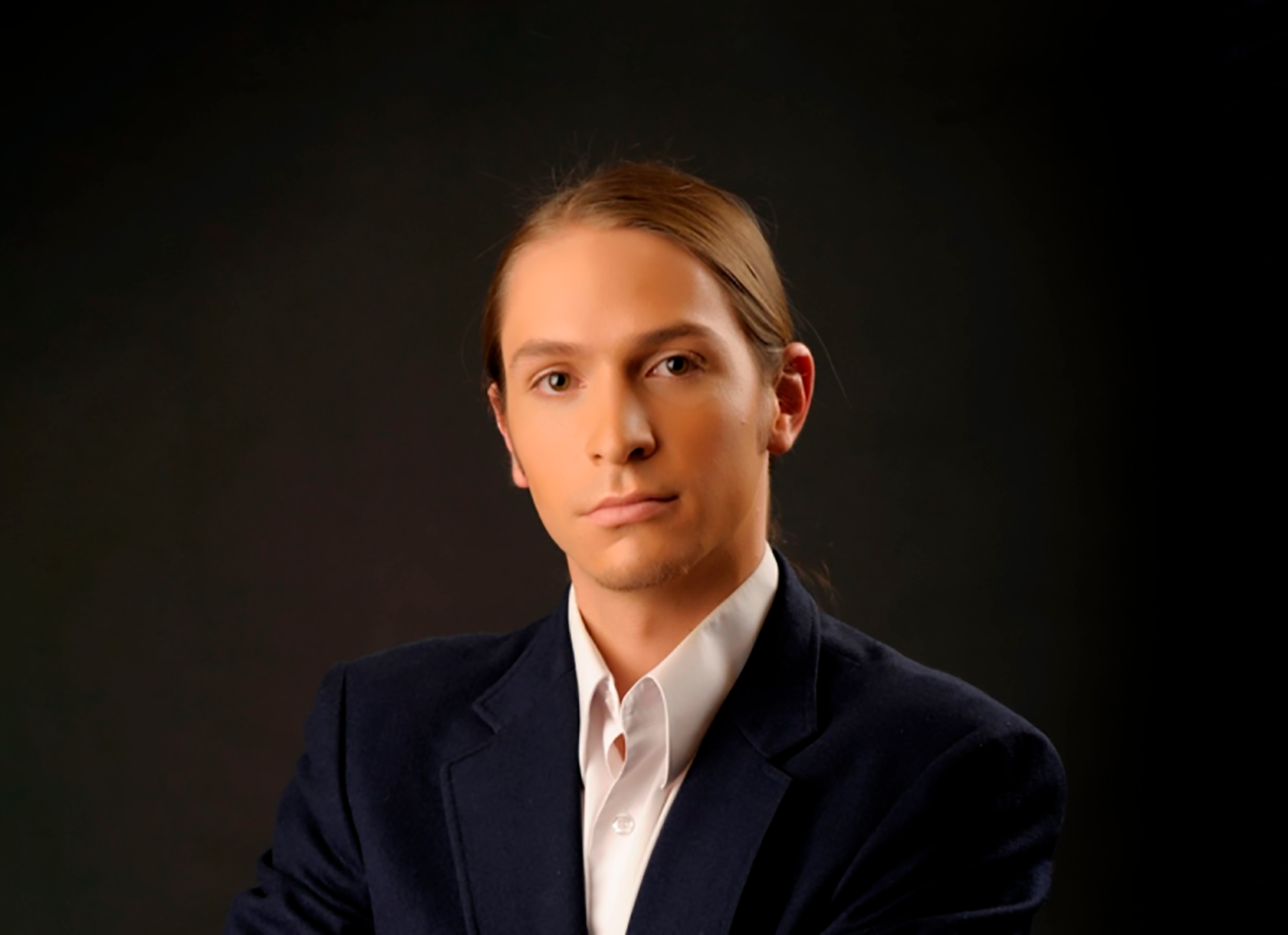
This fall, three new tenure-track faculty members joined Scripps College. As part of our ongoing series on Scripps’ faculty, the Office of Marketing and Communications sat down with Luis Salés to discuss non-Western Christianities, women’s rights in the Roman Empire, and Mexican-Russian fusion cooking.
Marketing and Communications: Your areas of expertise include early Christianities, especially non-Western Christianities. What initially drew you to the subject?
Luis Salés: Non-Western Christians amounted to 80 or 90 percent of Christians worldwide, and, like most people who grew up in the West, I found that I had a massive hole in my understanding of Christianity. I was also fascinated and surprised by the ways that early Christians related to the divine. Many normative views that people assume are universal to Christians are not. Early Christians were ethnically, linguistically, and dogmatically diverse, they largely seemed to have no problem with women in leadership positions, and they didn’t have a stringent heteronormative sexuality. They wrote in many different languages, such as Greek, Syriac, Coptic, Arabic, Nubian, and Chinese. In some ways, their philosophy shared striking similarities with Buddhism and Taoism than stereotyped notions of Christianity.
MC: In addition to your teaching duties, you’re also the chair of the Department of Religious Studies. On what goals and programs are you hoping to focus during your time as chair?
LS: My more immediate goals have to with solidifying the department’s working relationship with the intercollegiate Department of Religious Studies, such as creating a website for the intercollegiate program. In the long term, I’d like to expand the department and pursue the establishment of a center for the study of ancient native African Christianities, with endowed research funds for undergraduates doing thesis research in that area and scholarships for students who intend on studying that subject at Scripps. I would be interested in exploring this possibility further with the Department of Africana Studies.
MC: What future classes are you hoping to teach at Scripps?
LS: In the spring, I plan to teach a “herstory” of the literary and religious reception of Eve and Mary in different cultures. There’s always been a contested conversation about the identity of these two women because there isn’t a uniform, agreed-upon image of either, and it’s a way to determine how Christian womanhood was created and perennially reinvented. There are a number of female authors in early Christianity—the bulk of early Christians were women and enslaved people—and women could be ordained as priests and bishops in certain early Christian traditions by appeal to Eve and Mary. In fact, as the cult of Mary rose in the Roman Empire, so did the relative power of women. For example, in the sixth and eleventh centuries, substantive legal changes were made to Roman law that may strike us as modern, including women’s right to initiate divorce proceedings, legal standing and retribution for domestic violence, and the elimination of social class boundaries for marriage.
I’d also like to eventually teach a course on a cultural and religious history of the devil, and how different cultures have commonly used the devil as a scapegoat rather than addressing systemic social problems.
MC: Is there a fun fact about yourself that you’d like to share with the community?
LS: I like to cook. Sometimes, I offer students traditional Mexican cooking classes, or classes in Russian-Mexican fusion cooking.

